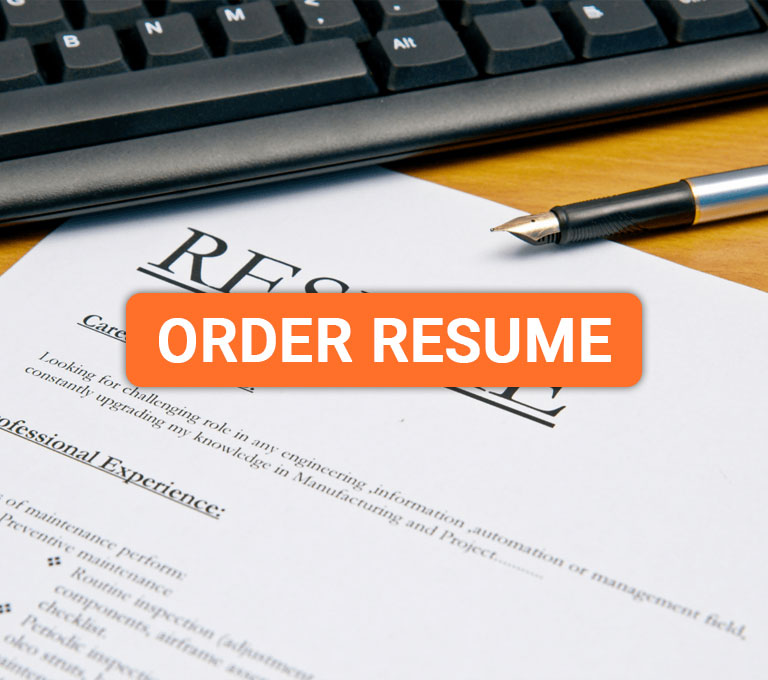Corporate Standards: 18 Signs of Cold Calling
Corporate Standards = Speech Scripts + Application Notes
In the first part of this article, which describes 16 scripts for blocking cold calls, I wrote about the need for instructions for using speech scripts. I will not quote the instructions for working with cold calls word for word – I will describe the basic principles, signs of cold calls, and basic scripts for refusing and ending a call.
Accept or not accept cold calls
The management of the company determines how cold calls are handled. If there are employees whose job is to consider offers from counterparties on the procedure for purchasing goods or services, and they are ready to accept such offers by phone, then cold calls will be forwarded to them.
If cold calls are undesirable and interfere with the normal work of managers and specialists, then they can be blocked. By default, all offers of goods and services that have not been requested from counterparties are accepted by email. The secretariat staff is responsible for receiving calls, sorting, and forwarding commercial offers to employees.
How to identify cold calls
Cold calls can be identified by the following indicators:
- Sign 1. The caller asks to immediately connect with the director or another manager, department, calling not a name, but a position.
- Sign 2. The caller asks whom he can contact regarding purchases, sales, discussions, etc.
- Sign 3. The caller seeks to find out the name, position, phone number of the person who decides to purchase goods/purchase services.
- Sign 4. The caller vaguely formulates the purpose of the call, avoiding an unambiguous answer to the question about the purpose of the call.
- Sign 5. The caller seeks to establish personal contact with the secretary by addressing by name, asking questions, and avoiding answering the secretary’s questions.
- Sign 6. The caller states that he needs to speak in person or meet with a manager.
- Sign 7. The caller claims that he does not offer anything, but just wants to “discuss”, ask a few questions.
- Sign 8. The caller gives the wrong name of the person he is calling, and when asked to clarify, he apologizes and admits that he probably confused the name.
- Sign 9. The caller says that he forgot the name of the employee with whom to connect and asks to remind him.
- Sign 10. The caller states that it is not up to the secretary to decide whether the company needs the goods/services offered.
- Sign 11. The caller asks to connect with the right person, referring to the urgency and importance of the call.
- Sign 12. The caller tries to introduce himself as “his”, refuses to officially introduce himself.
- Sign 13. The caller seeks to evade sending a written proposal under various pretexts.
- Sign 14. The caller refuses to leave a message and his data for the subscriber and requires a connection for a private conversation.
- Sign 15. The caller asks for a contact phone number, referring to the fact that the necessary data has disappeared in the base/phone, and he cannot remember the name and phone number of the contact person.
- Sign 16. The caller claims that he has an unanswered call from a company employee and asks to either immediately connect to the subscriber or provide contact information.
- Sign 17. The caller seeks to show that they have a special relationship with the person they want to contact.
- Sign 18. The caller seeks to control the progress of the conversation, not accepting the refusal and preventing the end of the conversation until the desired information or connection with the desired subscriber is received.

How to block unwanted cold calls
Strictly follow the rules for conducting telephone conversations, which provide for the collection of information about the caller, the purpose of the call, and the coordination of the connection. Control the duration of a telephone conversation, preventing the caller from intercepting control over the conversation and violating the established rules for conducting telephone conversations.
Do not provide callers with the names, titles, and phone numbers of company employees if cold calling to these employees is undesirable. Refuse the caller to connect to the subscriber of interest, referring to the company’s rules and regulations.
It is polite to end the conversation, in some cases to terminate the connection without waiting for the last reply of the caller, if the caller seeks to continue the conversation without accepting the refusal to provide the necessary information and connect with the subscriber of interest. Apply basic and extended scripts of telephone conversations as appropriate.
Basic scripts to refuse connection
Refusal to provide contact information and/or connection should sound as follows.
“Sorry, I cannot connect you. According to the rules of our company, all proposals are accepted by e-mail, in case of a positive result, our specialist will contact you.”
“Unfortunately, I cannot connect you with anyone. We consider all proposals in writing only. You can send your proposal by email. If our specialists are interested in it, they will contact you.”
“Sorry, I cannot connect you with any of the employees, as our company has established a regulation according to which all proposals are considered only in writing, and responses to them are sent by e-mail.”
“Sorry, we do not give this information over the phone. Your proposal has been forwarded to a specialist, he will contact you if he finds it interesting.”
“Sorry, we do not provide this information over the phone. Please, leave your details, I will tell you that you called.”
“I’m sorry, but we do not answer proposals that did not interest us. If your offer interests our specialists, they will contact you.”
“I am empowered to distribute information among employees, perhaps not the director can help you, but one of our specialized departments dealing with such issues, send your suggestions/request/question, if you are interested, they will answer you. I am sorry that I cannot immediately connect you with the director, but these are the rules established in the company. Thank you for your call, goodbye.”
Basic script to end the conversation
Any disputes, questions, remarks about whether there are other ways to contact, attempts to challenge the rules and regulations referred to by the secretary, are stopped with one phrase ending the conversation.
“Unfortunately, I can’t help you with anything else – these are the rules established in our company. Good day, thanks for calling. Goodbye.”



